One large air compressor with plumbing through the shop or a small, portable air compressor to take as needed through the shop? That was a question that came up when I moved to this shop a little more than a year ago. Because I don’t use compressed air for spraying finishes, I don’t use pneumatic sanders, and I just don’t have the need for a large volume of air I went with the small, portable air compressor strategy. Of course, if a need changes down the road I’ll add a large compressor to the shop but for the time being, something small and quiet serves all of my needs.
I was asked to be part of the Home Depot Pro Spective program to test out and give some Milwaukee tools promotion. Of course, I said yes. So with that said, this article is part of the #THDProSpective and #HomeDepotPartner program. The views and opinions are mine and my only requirement is to have an honest discussion and simply link to the product.
I requested this Milwaukee 2840-20 18v compact quiet air compressor as I thought it would be a great addition and fit perfectly into my assembly table workflow. Having an air compressor under the assembly table without having a power cord draped along the floor has been nice. I’ve never complained much about having cords on the floor, as I don’t consider them a trip hazard so long as they are laying flat and you know they are there, but not having them there sure makes sweeping more convenient. Also, with everything in the shop, the more convenient it is the more likely you are to use it. I’ve had this compressor sitting under my assembly table for more than a month now and, coincidentally, I’ve used my air powered pin nailer more in the past month than I have in the year that I’ve had it.
The compressor weighs about 30 pounds making it easy to move around. It’s about 17” x 19” with a height of 11”. The battery port is easily accessible in the front and the hose plugs in on the right side. It’s rated at 68db while running. It’s worth noting that when the compressor finishes its cycle it sounds like the compressor releases a tiny amount of air which is louder than the compressor itself running.
Above the battery port is the power switch, regulator that allows you to control the air pressure in the hose, and an air pressure gauge to see how much pressure is in the tank. About 130psi is what the gauge shows on a full cycle of the compressor. The Standard Cubic Feet per Minute (SCFM) is 1.2@90psi which makes it ideal for low air usage tools like nail guns and airing up tires. It’s not ideal for continuous use of large volume air tools like a sander or a finish sprayer.
Here’s a look around the compressor. You can see a partial cage around the compressor and regulator side that is welded to the tank. A carry handle is also welded to the tank.
The integrated cage allows for it to be set down on its side with the handle conveniently pointing up. This is OK for transporting but I wouldn’t recommend using it in this orientation. The reason being is that it puts the tank’s air exit fitting close to the bottom. Therefore, any condensation that builds up in the take will pool and be forced out through the hose and through your tool. When the compressor is sitting in its normal orientation, with the footpads on the floor, the drain valve is near the bottom and the air exit fitting is near the top. This is standard as it prevents water from being pushed through the hose.
The hose inlet has an easy push fitting. I’m not sure the technical name of this fitting but it doesn’t require two hands to operate. Simply push the hose into the fitting. My other compressor does not have this style fitting and requires one hand to push the sleeve back while the other hand inserts the hose.
By far the most welcomed feature of a battery powered air compressor is the increased mobility. You can have compressed air anywhere, not just where an outlet is. This makes it handy for airing up tires away from electricity, like my lawnmower and my 7′ x 16′ truck trailer that I park behind my shop. It’s also nice being able to take it with me in my truck when I pull my trailer. Sure, they make small thankless compressors that plug into vehicle lighter ports but you’re limited by the length of the cord and they take FOREVER to air up a large tire. Both of those are not convenient for pulling a trailer.
So what are the downsides of this compressor? Honestly, I haven’t found any. It does what it is supposed to do and, in the limited time I’ve had it, it hasn’t let me down. It’s quieter than most every powered tool in my shop. Battery powered tools are definitely more convenient than corded tools. The same holds true with this one. Its only limitation is its air capacity and it’s filling rate. But that shouldn’t be a problem so long as you don’t try to overwork it with a tool it’s not designed to be used with. I’ve had it for over a month now and have tried to use it more than my normal usage amount. I’ve topped off 12 vehicle tires, four lawn mower tires, four bicycle tires, dumped the tank a couple of times to show other people how quiet it is, and used it for various nail gun tasks. All on a single 4ah battery that still has half of a charge.
Should YOU buy it? That’s up to you. I little interest in telling people now to spend their money. But if its capability, form factor, and features sound like it will be a good fit for your needs then know I have no problems giving this tool a thumbs up. If you’re interested in learning more you can check out the sales page on The Home Depot’s website (affiliate link): https://homedepot.sjv.io/1jLy9

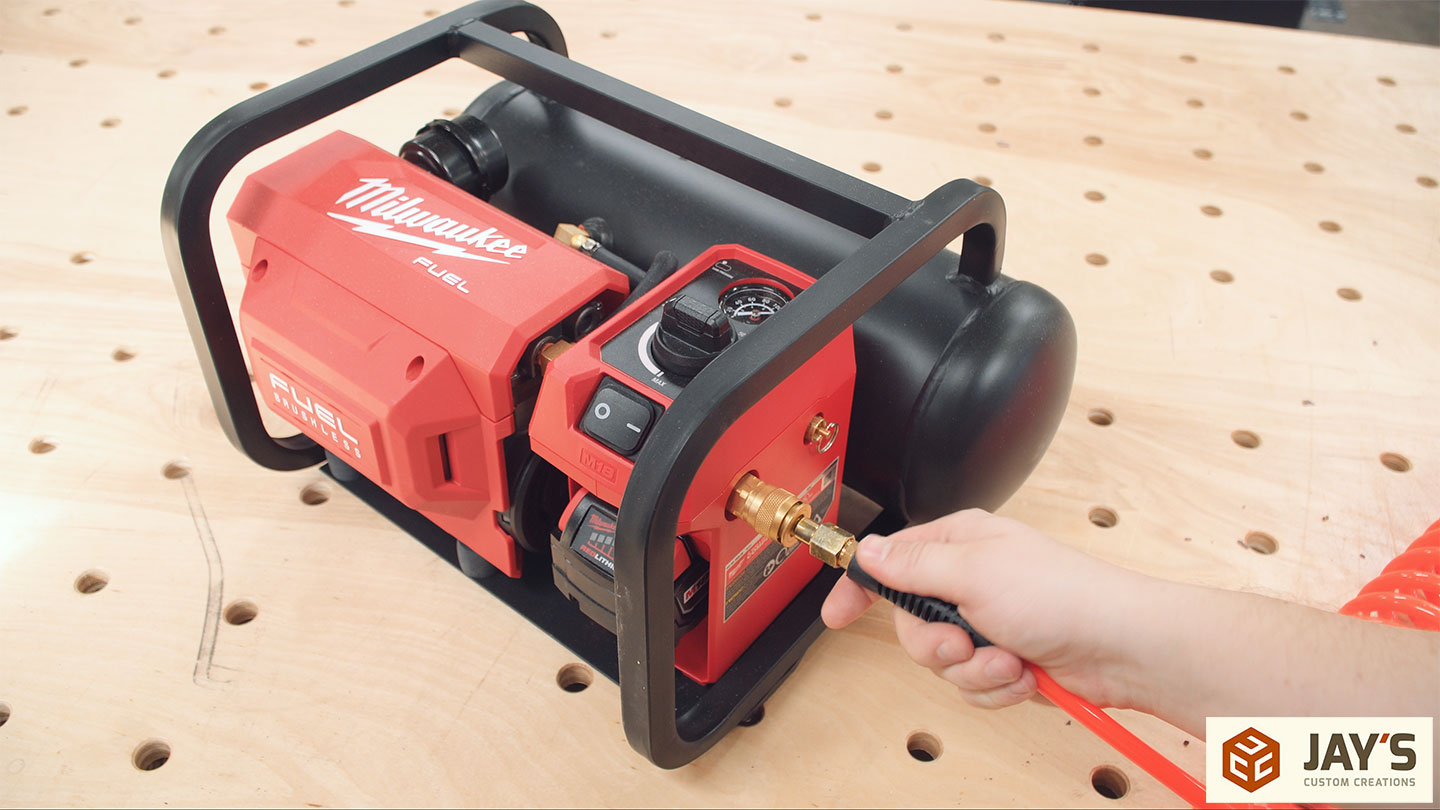

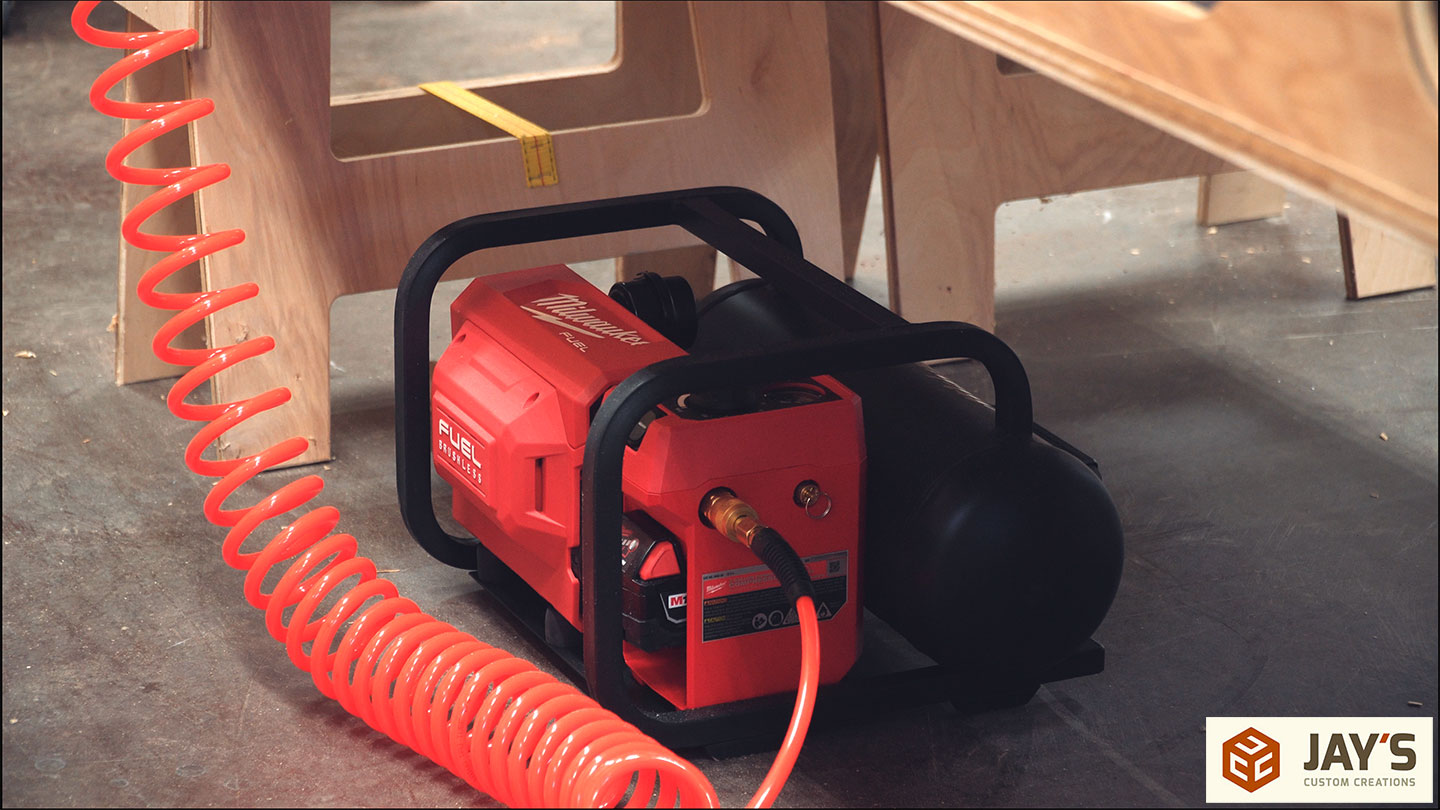


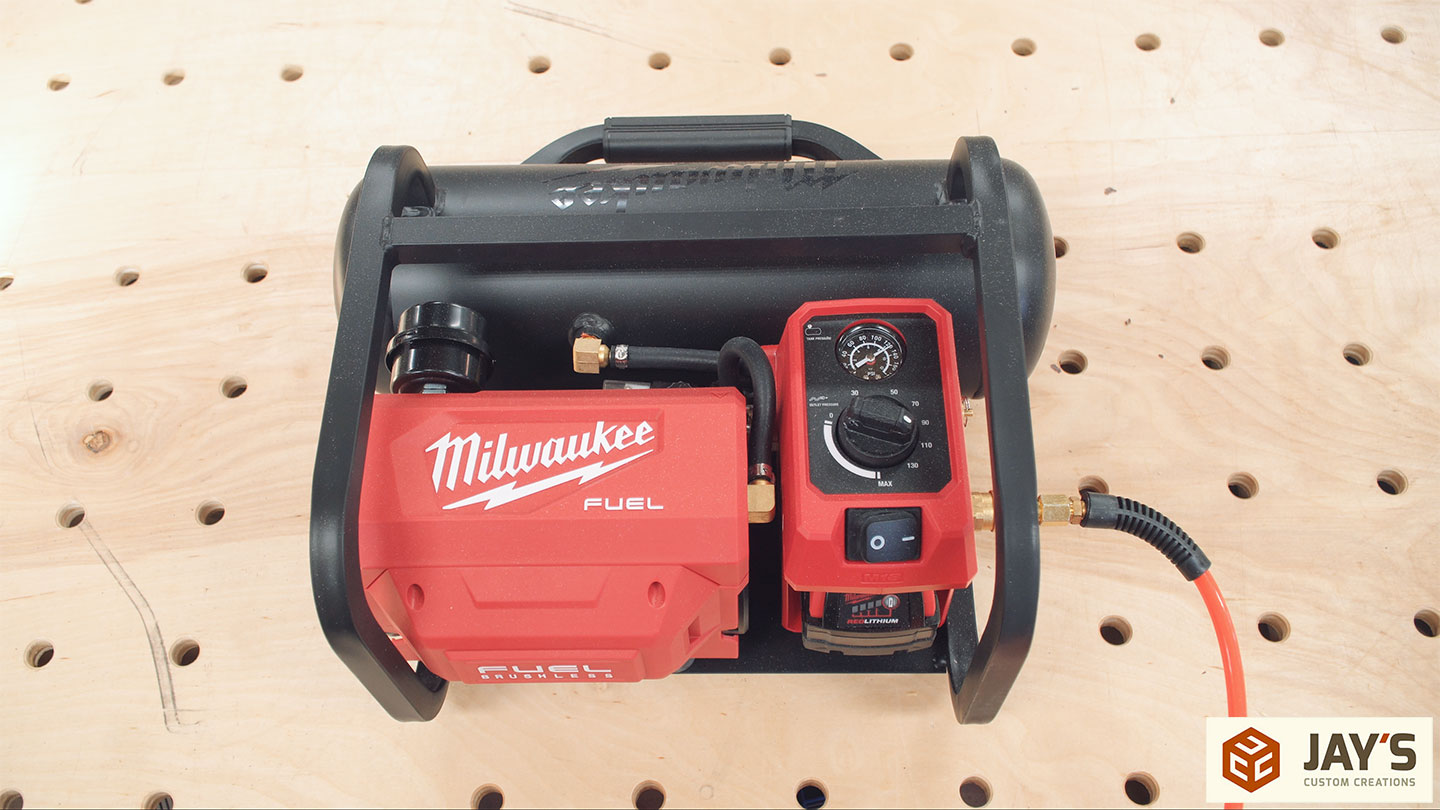
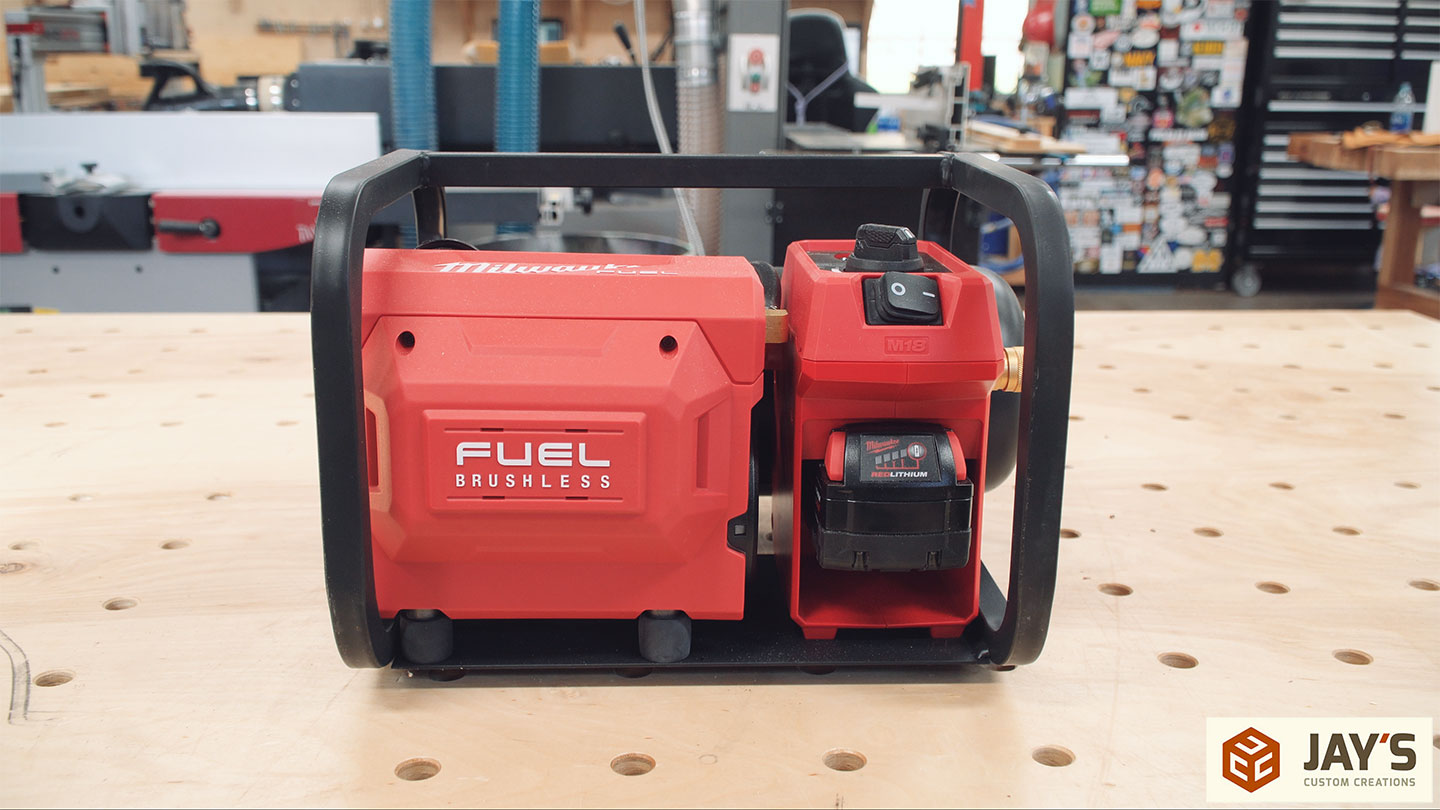
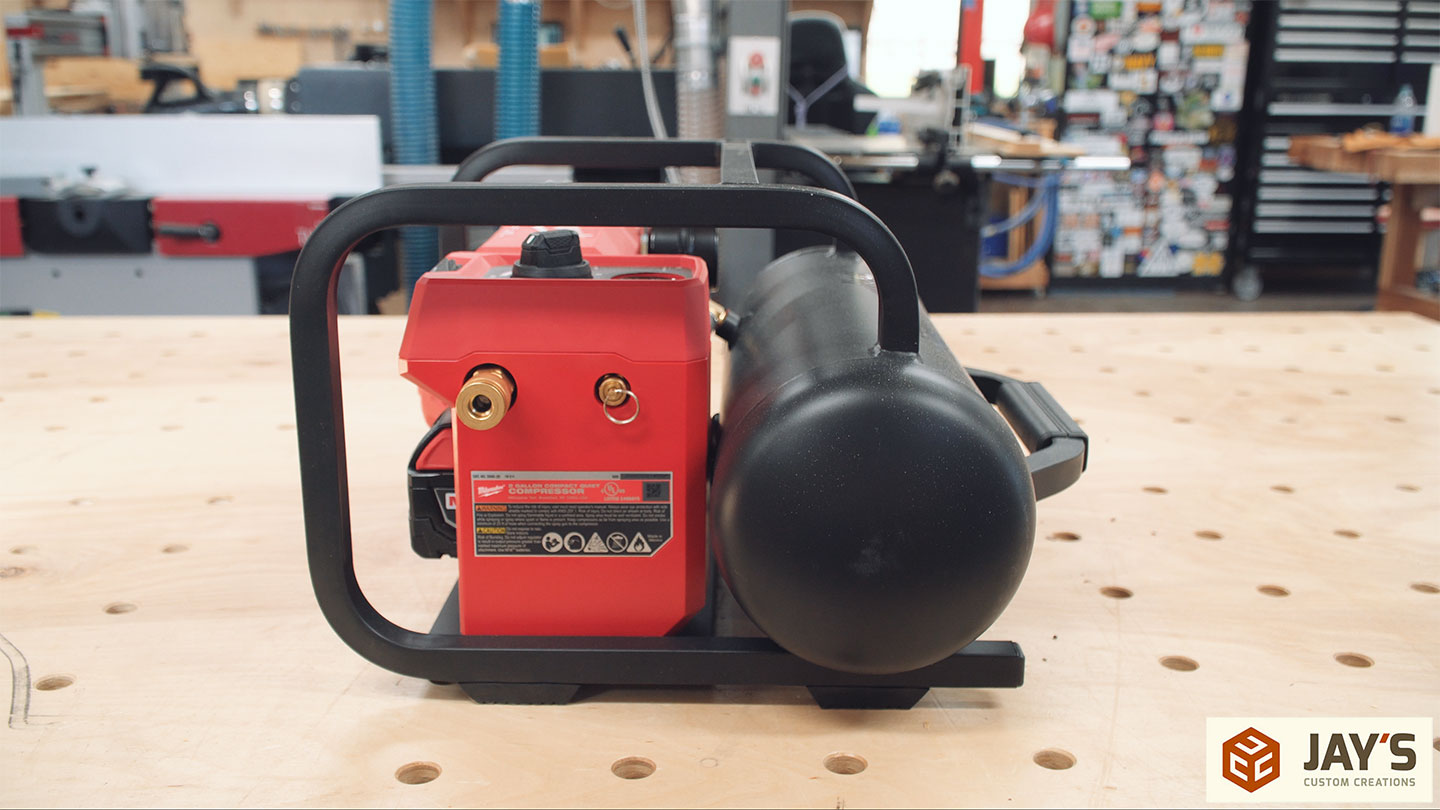
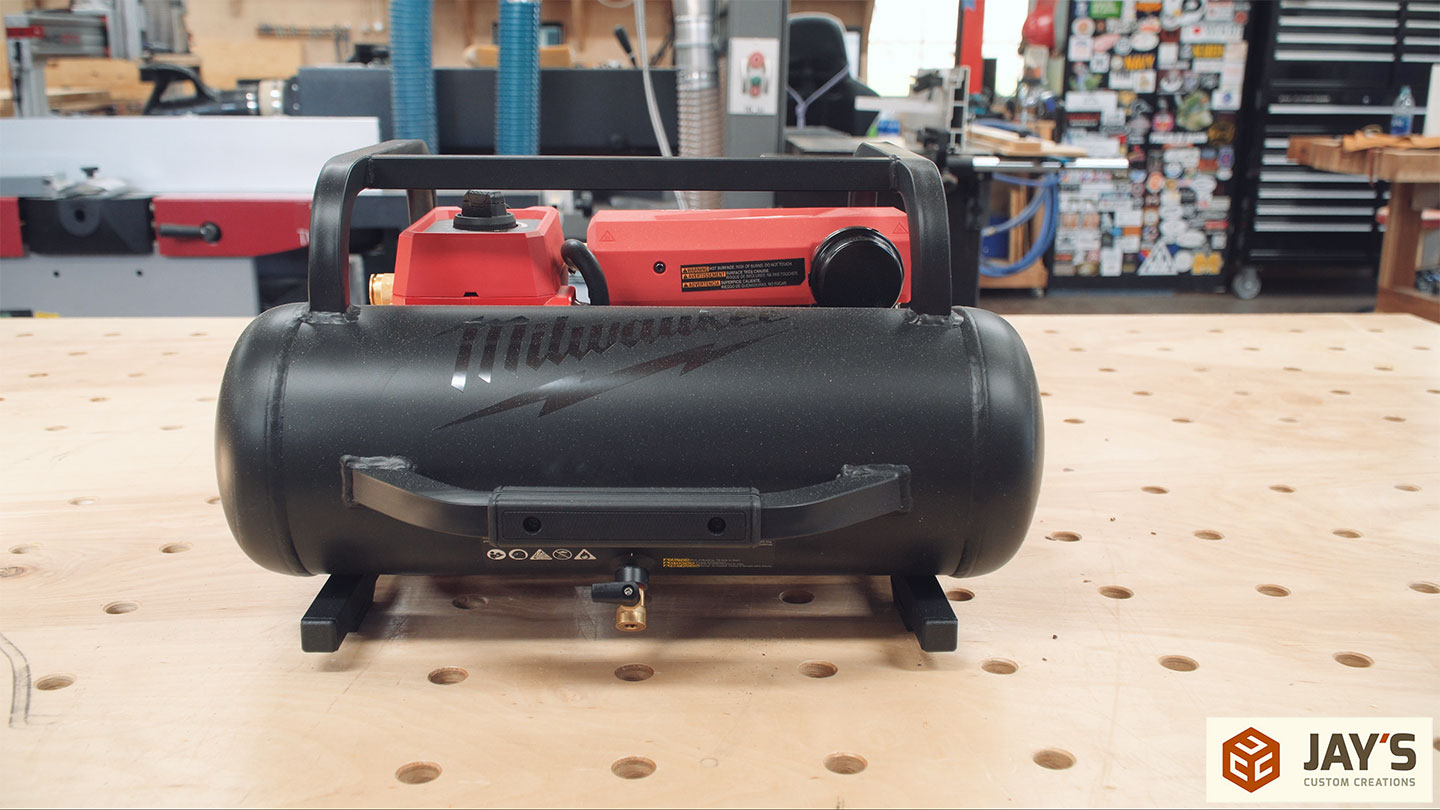
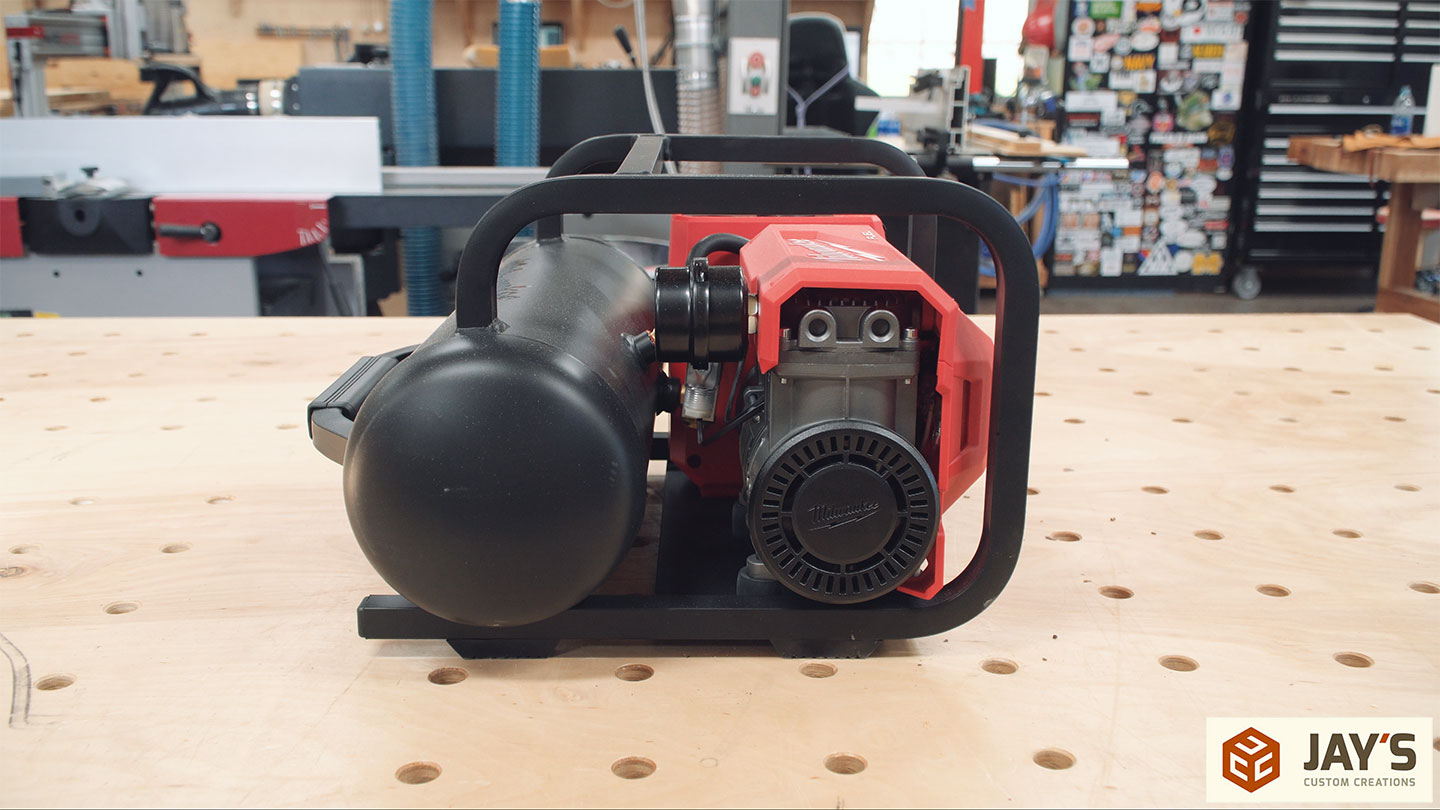
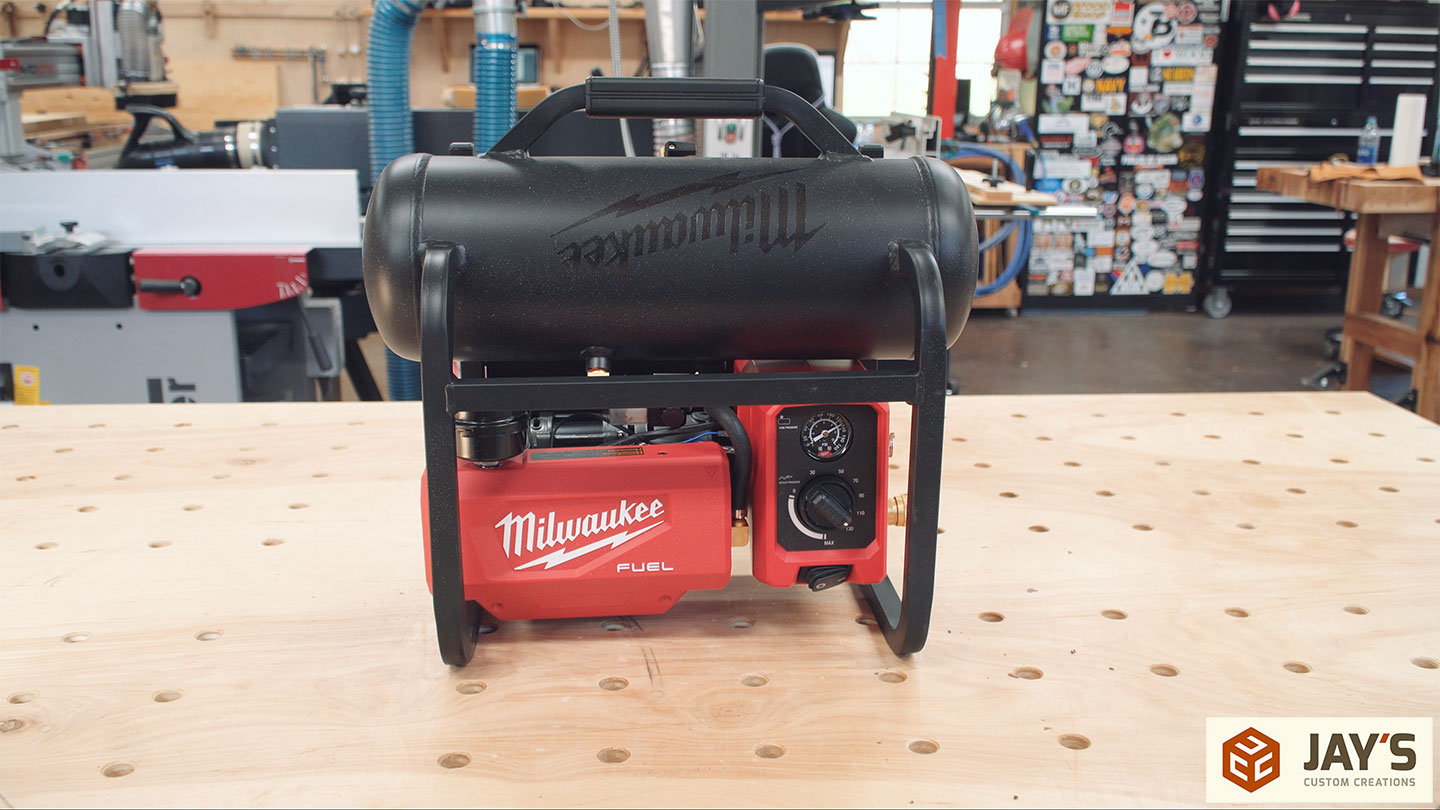
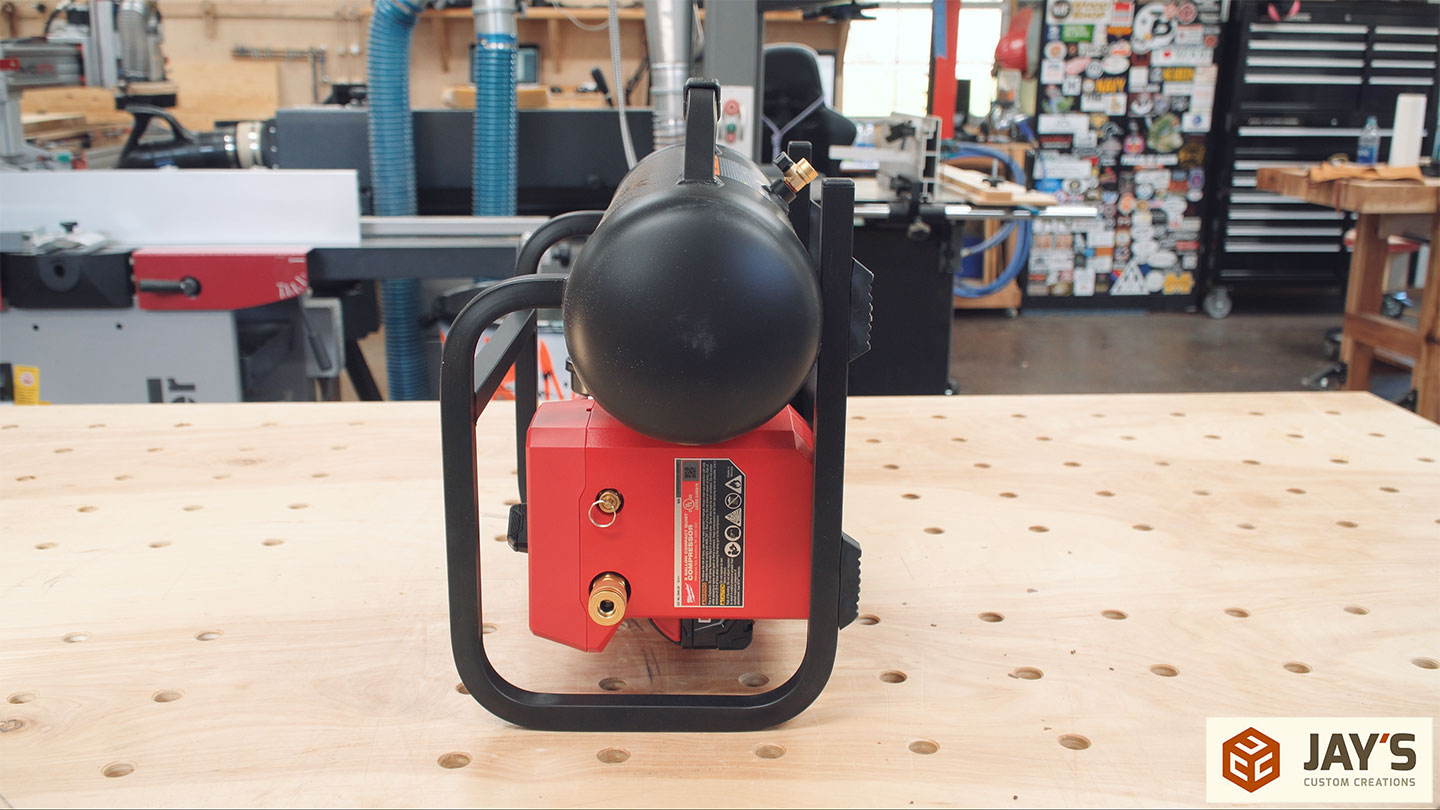
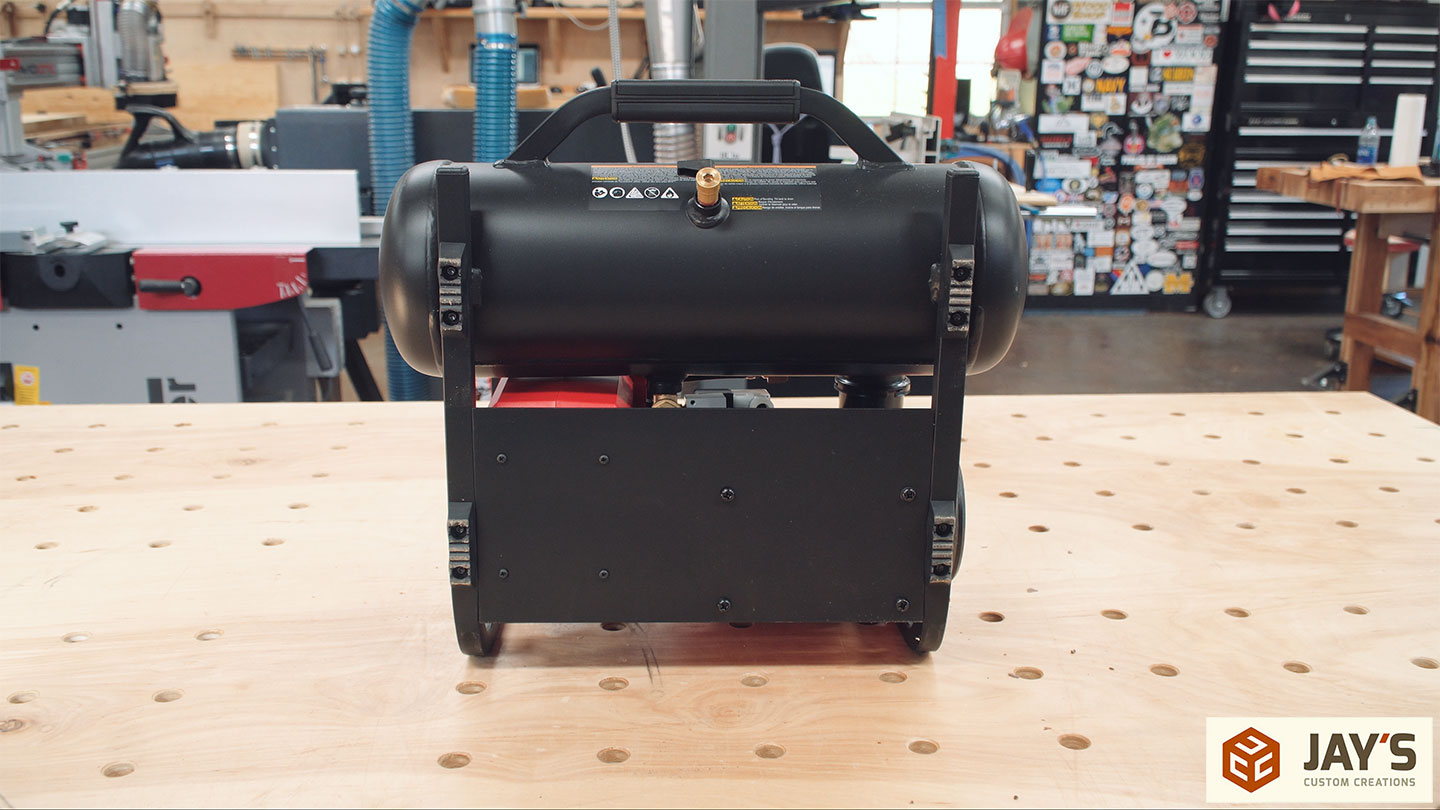
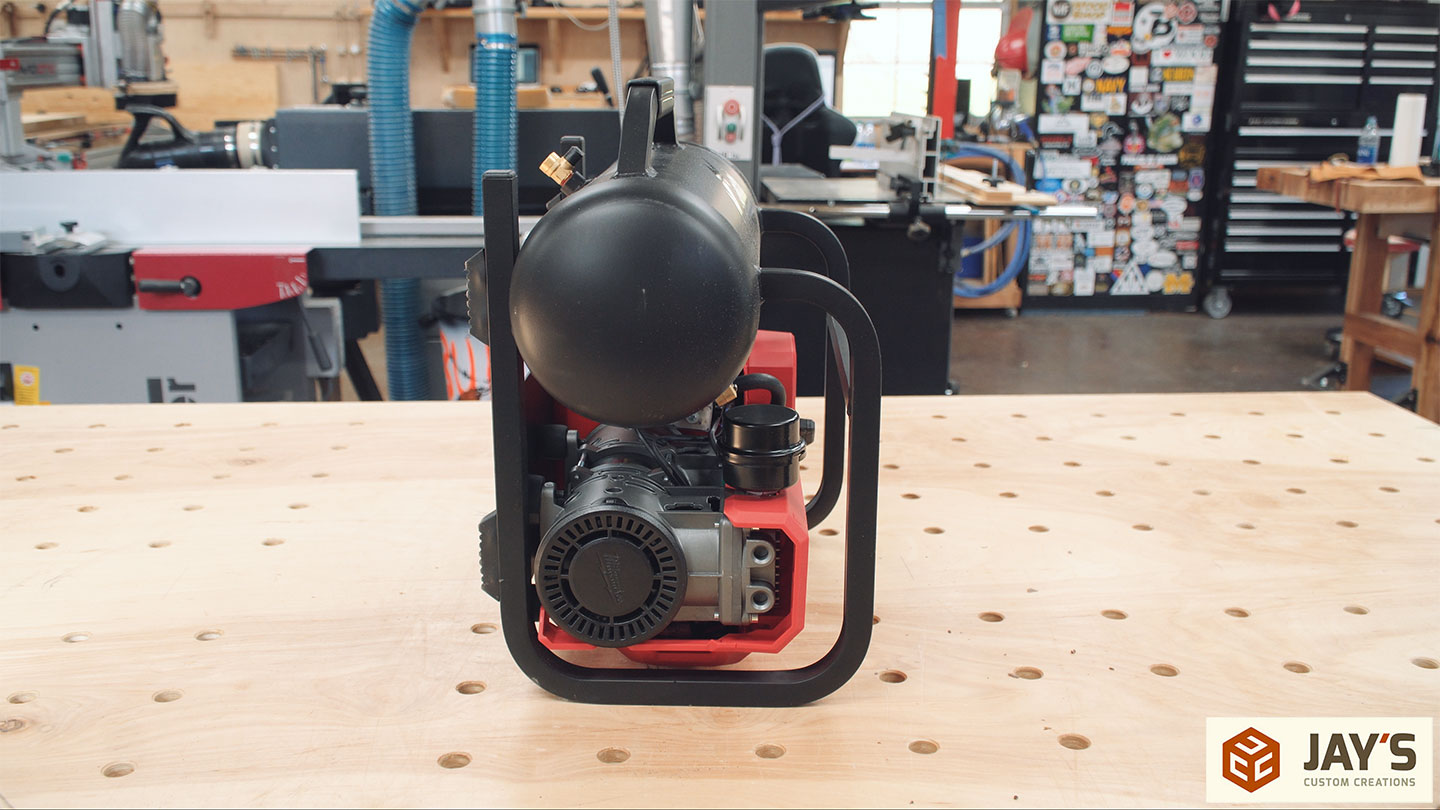
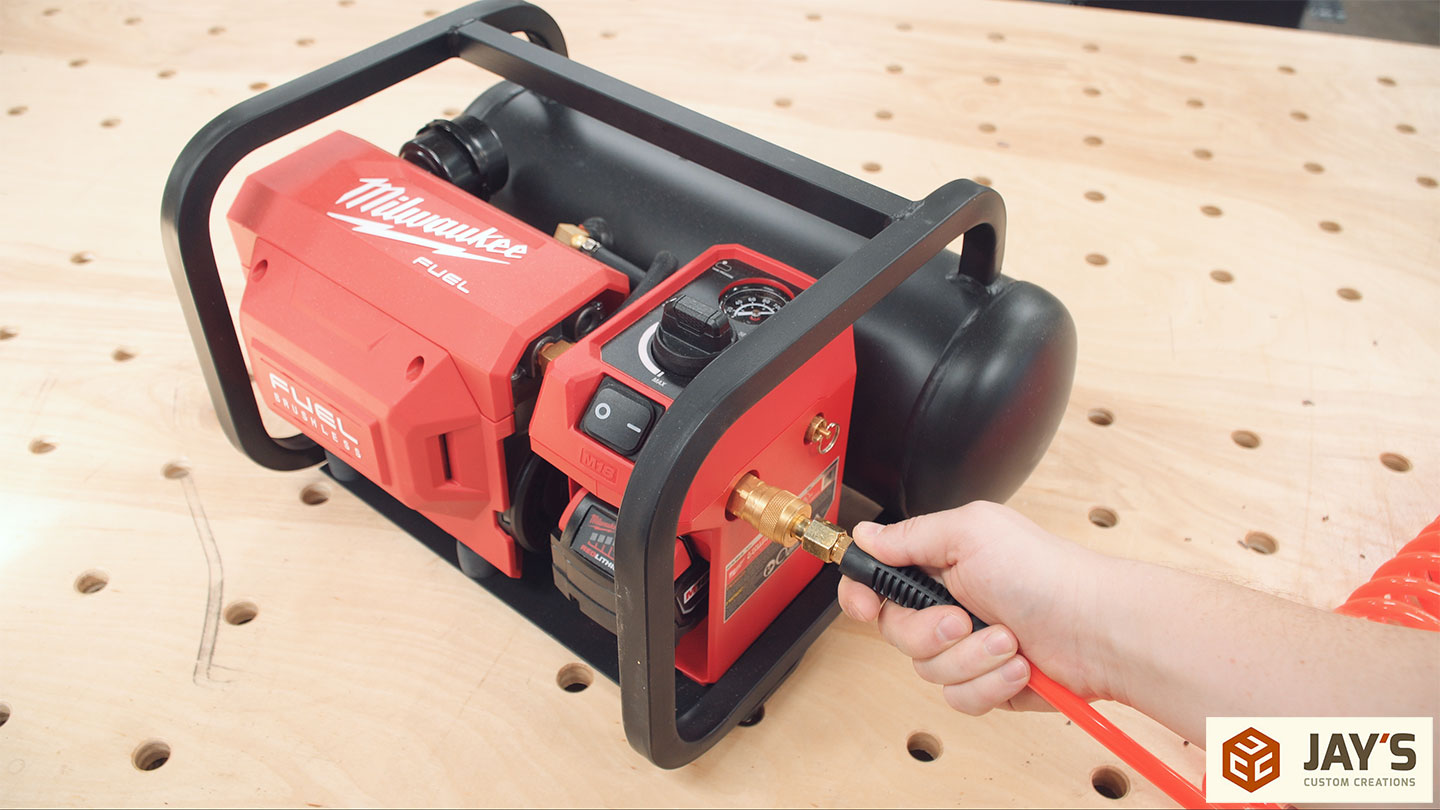


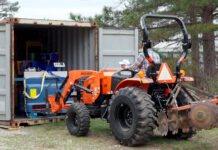

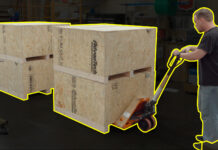
Bought one after my Kobalt 20 Gal crapped out.
Wanted something I could take to the race track after throwing braids in wood project.
Love this thing. Quiet as a church mouse. Great performance. Lightweight. Small.